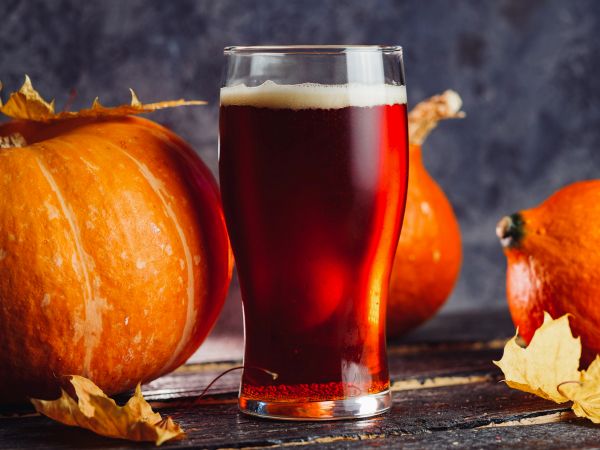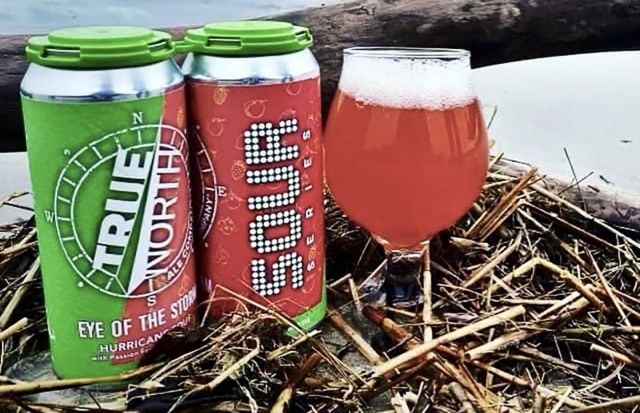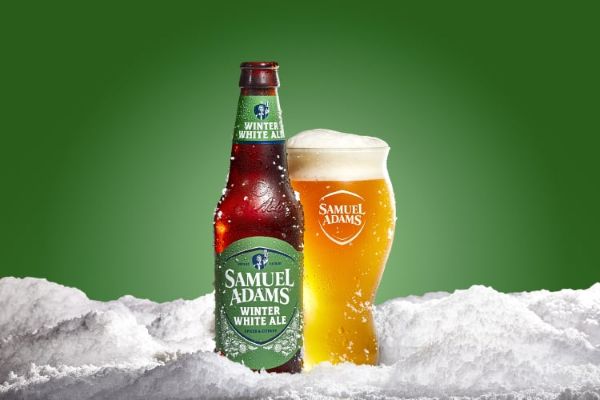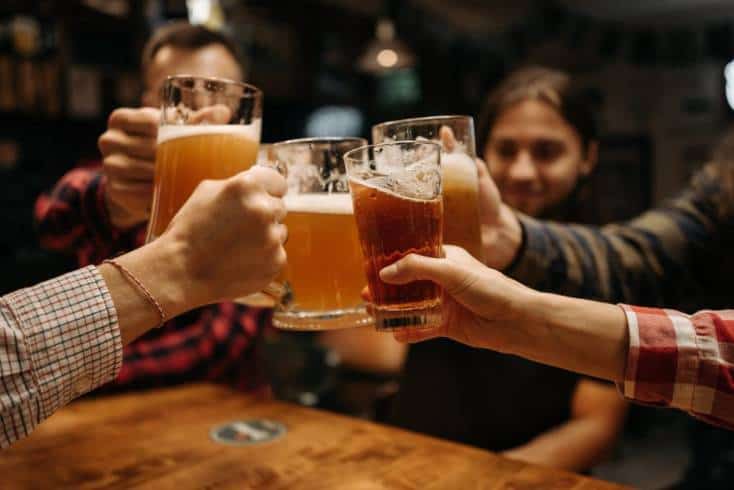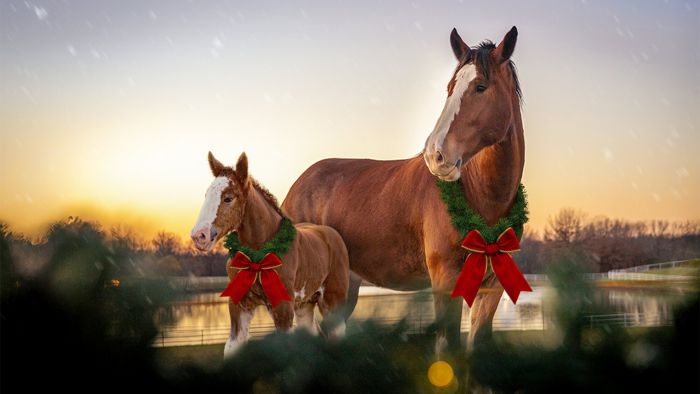What The Hell Is Dry-Hopped Beer?
What The Hell Is Dry-Hopped Beer?
 American Craft Beer’s “What the Hell” series is all about a beer’s backstory, conceived as an effort to save us all from the embarrassment of not knowing exactly what we’ve decided to put in our mouths.
American Craft Beer’s “What the Hell” series is all about a beer’s backstory, conceived as an effort to save us all from the embarrassment of not knowing exactly what we’ve decided to put in our mouths.
So welcome to the latest in our ongoing series (drum roll please…) “What the Hell is a Dry-Hopped beer,
So let’s start with the basics…
Hops are the flowers or cones from a plant called humulus lupulus. They were originally added to beer as a preservative but fast became a key component of the brew’s aroma and flavor and bitterness.
Although hops are grown in different regions around the world, they’re super-picky about where they can flourish. And latitude and climate play a big part in where they grow best.
The sweet spot for hops is between the 35th and 55th parallels in both hemispheres. This concise latitudinal range allows for long and hot summer days, and equally as important, cold winters which nurture the dormant plant
All of the world’s major hop growing regions from the Pacific Northwest of the United States to England, Belgium, and Germany in Europe and the emerging New Zealand industry in the Southern Hemisphere are found between these uber-specific parallels.
There are numerous methods for dry-hopping beers, and Sierra Nevada Brewing has used them all over its 40+ years. “The most common and longstanding approach, at least with whole-cone hops, is filling nylon bags with hops and suspending them inside fermentation tanks — kind of like an enormous batch of tea.”
During the brewing process hops are added at different times.

(Courtesy Sierra Nevada Brewing)
Hops added at the beginning of the wort boil primarily contribute bitterness, those added at a mid-point of the boil add bitterness and some aromatics, and “late hopping,” (the addition of hops at the end of the boil), is largely intended to further accentuate hop aroma and flavor without upping the beers bitterness significantly.
A vast majority of brewers use hops in their pelletized form nowadays and Allagash Brewing explains why they do this way….
“After the hop is picked, hop growers will use specialized machinery to pulverize the hop cones and then extrude them into pellets. And while they may look different from fresh, whole-cone hops, they’re still 100% hop. Ease of transportation, extended shelf life, and consistency of performance across various brewing systems are all benefits of pelletized hop.”
With the exception of Fresh Hops beers, which happen around hop harvest season when un-kiln-dried hops are added to the brewing process, nearly every beer in the world is dry-hopped.
But with the emergence of the hop-happy craft beer movement the term “dry-hopping” became more prominent as a marketing vehicle in the beer biz.
Beers were celebrated as being “double dry-hopped” or “triple dry-hopped to help explain the many stages of hop additions that a beer has received to boost its flavor and aroma.
And with that the term dry-hopping came into its own, as a way for craft breweries to promote a beers hoppiness, its vibe, as well as its character, to hopheads all over the world.
###
Got more beer questions?
Then we’ve got answers…
WHAT THE HELL IS A SKUNKY BEER?

